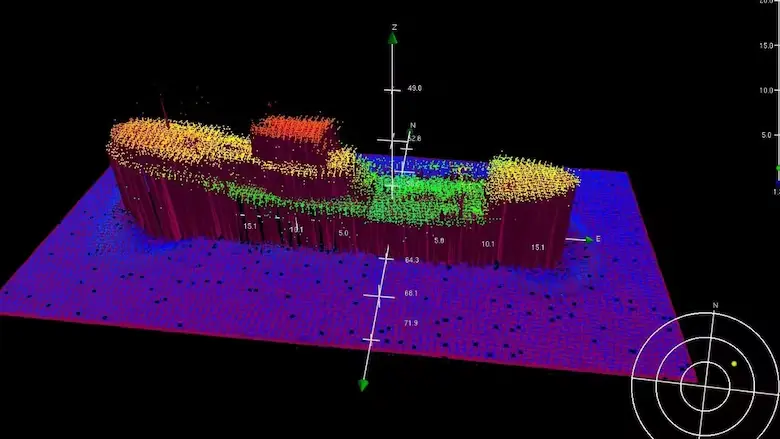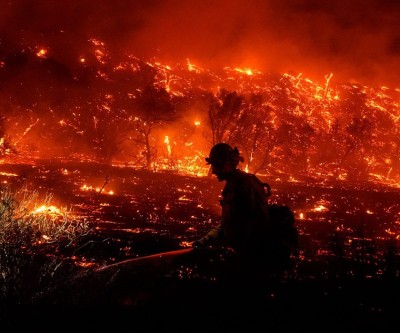Latest News
- 7.6 magnitude earthquake hits northern Japan, triggers tsunami
- New competition in Hollywood: Paramount's direct attack on Warner Bros.
- Ottawa announces new measures to speed up admission of foreign doctors to Canada**
- Air Transat pilots protest; some flights suspended from Monday
- Canadian surrogate mother turned back from US border; barred from travel for infertility treatment
Latest Ads
-
Jasmine Jewel
Call
-
Omidan group
Call
-
Amir Madanpour
Call
-
Dimo studio
Call
-
Yorkacademy
Call
-
Maryambagheri
Call
-
Shishlix Restaurant
Call

Uncharted shipwreck found in Sydney Bight area off Cape Breton
A previously uncharted shipwreck has been discovered in the deep waters of the Atlantic Ocean off the coast of Cape Breton. The discovery was made in May by the Canadian Hydrographic Service, a division of the Department of Fisheries and Oceans that is responsible for mapping the country’s waterways and oceans.
The ship, which appears to be largely intact, is one of three sunken ships discovered this year during the survey of Canadian waters.
Shana Neary, director of the Hydrographic Service, said her team came across the ship while surveying an area called Sydney Bight northeast of Cape Breton — an area that has seen an increase in marine traffic, including cruise ships.
“In this case, it was relatively easy to identify the ship,” she told Main Street Cape Breton. The shape of the hull and the superstructure on the ship were visible, and then we were able to rotate the image in 3D, which confirmed, ‘Yes, there’s something here.’”
The ship, which is about 60 meters deep, is about 46 meters long and 8 meters wide.
Further investigation is needed to determine the origin of the ship, its possible cargo and why it sank. Neary added:
“We have issued a navigational warning to fishermen to avoid getting their gear caught on the ship, but from that point on, we need to send cameras to the area or do more detailed investigations.”
Roger Litwheeler, an independent naval historian in Ontario, said that hundreds of ships have sunk in the waters of Canada’s coastal provinces over the past 80 years, some of which are well documented.
“Ultimately, you have to get close to the ship to find some kind of identification mark — like a name on the hull or a ship’s bell — which is very important in the identification process,” he said.
The discovery was made using advanced sonar technology, Neary said, which allows the Hydrographic Service to understand the depth of water and identify objects hidden on the seafloor.
“Our job is to map the ocean, but a lot of Canadian waters haven’t been mapped to high-resolution standards yet. So we’re seeing more shipwrecks these days than ever before,” he added.
Litwheeler, citing advances in sonar and mapping technology, particularly by Canadian companies, said it’s likely that more ships will be discovered in the coming years.
“For comparison, we have more information on the surface of the moon than we do on the ocean floor on Earth. So this technology is very important for better understanding the Earth, the environment, and what’s hidden underwater.”
News source
Suggested Content
Latest Blog
Login first to rate.
Express your opinion
Login first to submit a comment.
No comments yet.


































